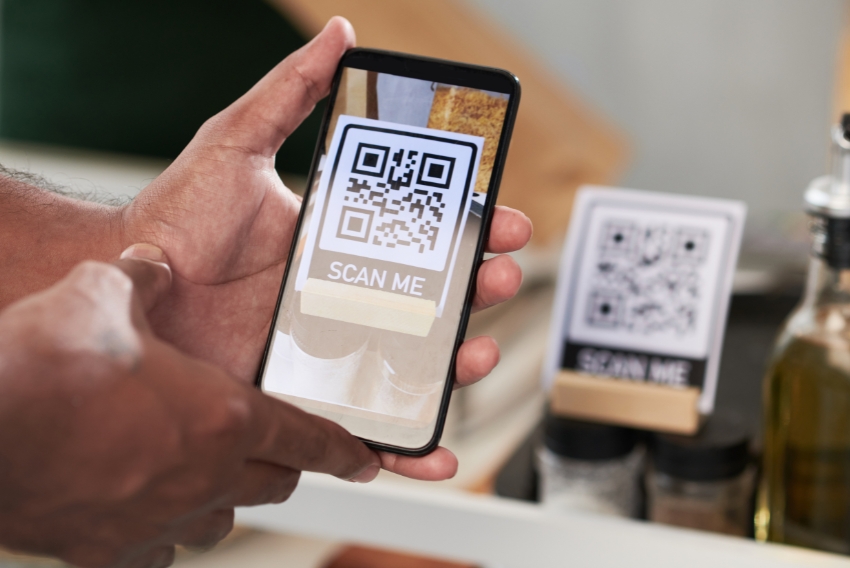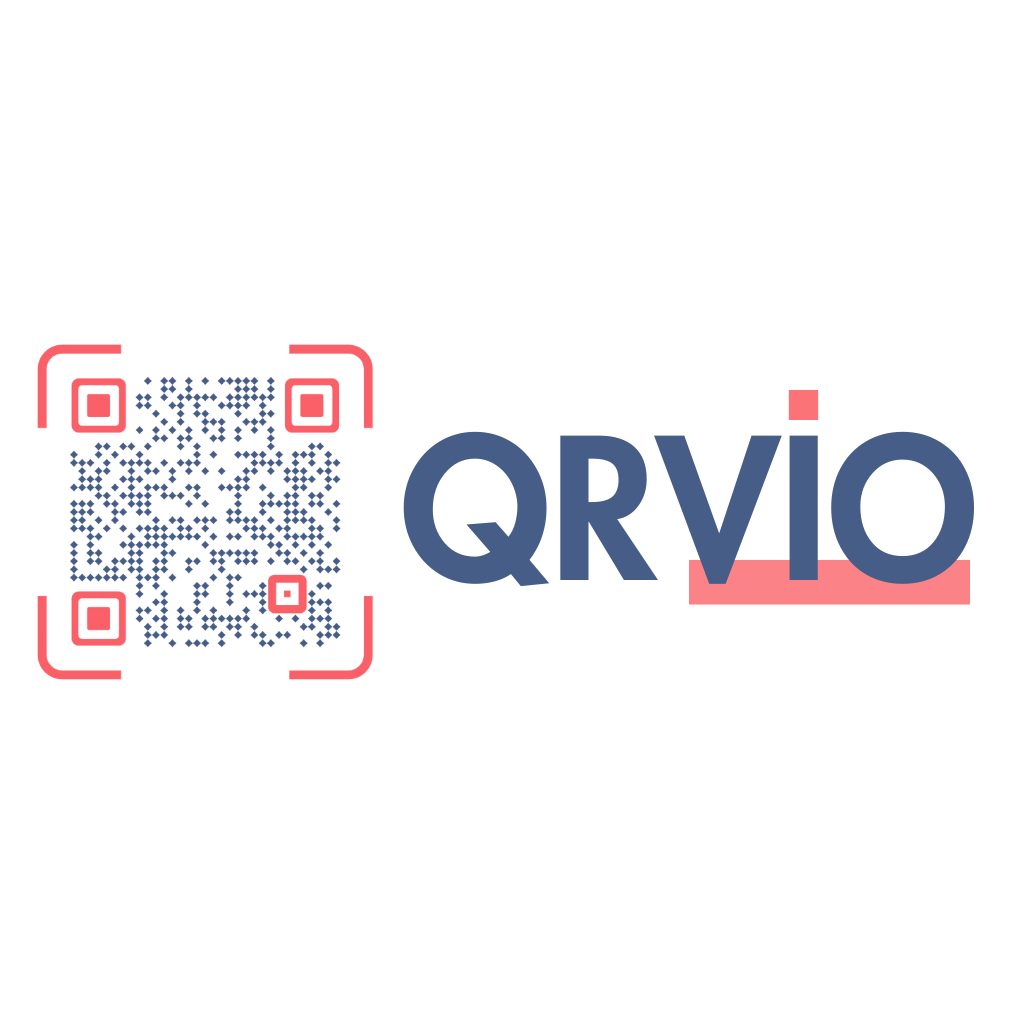Signs with QR Codes: 10 Powerful Ways to Boost Engagement and Sales

In the fast-evolving landscape of marketing and customer interaction, traditional signage has taken a bold leap forward. Enter the QR code sign—a fusion of physical display and digital interactivity. These smart signs don’t just inform or decorate; they engage, convert, and elevate brand experience with a simple scan.
In this article, we’ll explore 10 powerful ways to use QR code signs to increase engagement, drive sales, and deliver measurable results for your business.
1. What Is a Sign with a QR Code?
A sign with a QR code is any physical or digital display that features a Quick Response (QR) code, allowing viewers to access online content instantly by scanning it with a smartphone. These signs bridge the gap between offline attention and online action, guiding users to websites, videos, forms, menus, apps, contact cards, payment portals, or any other digital experience.
From storefront windows to trade show booths, restaurant tables to event posters—QR code signage is versatile, efficient, and increasingly expected by modern consumers.
2. Why QR Code Signs Are Game-Changers for Modern Marketing
2.1. Seamless Offline-to-Online Conversion
Unlike traditional signs, QR codes convert curiosity into action. Instead of telling someone to “visit our website,” the code takes them there in a click. This frictionless user journey increases the likelihood of engagement and conversion.
2.2. Trackable and Measurable
Dynamic QR codes allow businesses to track scans, view time-based data, location heatmaps, and user devices. This data-driven insight makes QR signage smarter and more performance-oriented than static print ads.
3. Best Practices for Designing a QR Code Sign
To maximize effectiveness, follow these QR signage design principles:
- High contrast: Ensure the code stands out from the background.
- Clear instructions: Add a CTA like “Scan to View Menu” or “Scan to Get 10% Off.”
- Test readability: Make sure the code scans easily from various angles and distances.
- Right size: A QR code that’s too small will go unnoticed or unscannable.
Always test your sign before publishing to avoid user frustration or missed opportunities.
4. Where to Use QR Code Signs (Top Locations)
4.1. Retail Storefronts
Place QR code signs on windows or near product displays to allow after-hours access, link to online stores, or offer coupons.
4.2. Events and Trade Shows
Print QR signs for booths that link to company profiles, brochures, or lead capture forms. This speeds up networking and helps in capturing leads instantly.
4.3. Restaurants and Cafés
Menus, ordering, payments, and loyalty programs—QR codes simplify it all while reducing contact and speeding up service.
4.4. Real Estate Signage
Property listings can include a QR code leading to virtual tours, appointment booking, or agent contact details.
5. 10 Powerful Ways to Use QR Code Signs to Boost Engagement and Sales
Now let’s dive into the core of this article—10 strategic and impactful ways to deploy QR code signage for maximum ROI.
5.1. Drive Traffic to Your Online Store
Place signs at high-footfall locations (e.g., storefronts, malls) with QR codes that link to your eCommerce store or product landing page. A simple message like “Scan to Shop Online” can dramatically increase conversions, especially after hours or during promotions.
5.2. Offer Instant Discounts or Coupons
Create promotional signs that say “Scan to Save 15% Today.” The QR code can lead to a dynamic coupon or unlock a hidden deal, enticing on-the-spot purchases and boosting impulse buying.
5.3. Connect to Social Media Profiles
QR code signs in cafes, boutiques, or pop-up shops can direct people to your Instagram, Facebook, or TikTok page, increasing follower counts and driving community growth.
5.4. Capture Leads via Sign-Up Forms
Place signs at events or near checkout counters prompting users to scan and enter their email or phone number for newsletters, rewards, or giveaways. Tools like Google Forms or Mailchimp landing pages work perfectly with this approach.
5.5. Enable Contactless Menus and Ordering
This is popular in the food industry, especially post-pandemic. A sign with a QR code saying “Scan for Menu” allows contactless ordering, which is more hygienic, faster, and scalable.
5.6. Guide Customers to Download an App
Whether it’s your restaurant app, loyalty program, or eCommerce platform, QR code signs can link directly to the App Store or Google Play, helping customers install your app with one scan.
5.7. Collect Reviews Instantly
Place a QR code sign near the exit or at the counter that says “Enjoyed your visit? Scan to Leave a Review.” It can link to Google, Yelp, or TripAdvisor, streamlining your reputation-building strategy.
5.8. Showcase Video Demonstrations or Product Demos
In retail or showroom environments, a sign with a QR code can direct customers to a YouTube video showing the product in action. This boosts confidence and enhances buyer understanding.
Especially useful for event signage or outdoor campaigns, QR code signs can link to Google Maps or Waze, helping users navigate directly to your location.
5.10. Accept Payments Instantly
Place a QR code on signs that link to PayPal, Stripe, or Venmo for fast payments—perfect for freelancers, food trucks, or donation boxes. “Scan to Pay” signs simplify the checkout process.
6. Industries That Benefit Most from QR Code Signage
While QR code signs are universally useful, certain industries have seen exponential benefits:
- Hospitality & Food Services: Faster service, menu access, digital payments.
- Retail & Fashion: Hybrid shopping experiences and promotional campaigns.
- Real Estate: Interactive property details and booking forms.
- Event Planning: Streamlined entry, ticketing, and schedule access.
- Healthcare Clinics: Appointment booking and patient check-in forms.
7. Static vs. Dynamic QR Codes: Which to Use for Your Signs?
7.1. Static QR Codes
- Fixed URL: Once printed, the destination cannot be changed.
- Free: No ongoing cost.
- Good for basic uses, like menus or contact cards.
7.2. Dynamic QR Codes
- Editable: Change the destination URL anytime without reprinting the sign.
- Trackable: View scan analytics, user locations, and device types.
- Ideal for marketing campaigns that evolve over time.
If you want agility and insights, dynamic QR codes are a must.
Great! Here’s Part 2 of the article “Signs with QR Codes: 10 Powerful Ways to Boost Engagement and Sales” — continuing from where we left off, now completing the article with deeper insights, conclusion, call to action, and metadata.
8. Mistakes to Avoid When Using QR Codes on Signs
While QR codes are powerful tools, misusing them can backfire. Here are common mistakes to avoid:
8.1. Placing QR Codes in Inaccessible Locations
Avoid positioning QR code signs where users can’t comfortably scan them—like too high, behind glass with glare, or on moving objects (e.g., vehicles in motion).
8.2. Linking to Non-Mobile-Friendly Pages
Always ensure the landing page is optimized for mobile. If users scan and land on a desktop-only page, they’ll likely bounce immediately.
8.3. No Context or Call to Action
Never display a naked QR code without a message like “Scan to view our catalog” or “Scan to subscribe”. Users want to know what to expect before scanning.
8.4. Using Low-Resolution or Blurry QR Codes
Blurry or pixelated codes can frustrate users. Use high-resolution vectors and test the print output at various sizes.
8.5. Forgetting to Test the Code
Before mass printing, scan the code on multiple devices to confirm functionality and speed.
9. How to Generate and Manage QR Codes for Signage
If you’re wondering how to start incorporating QR codes into your signage strategy, follow this practical workflow:
9.1. Define the Goal
Decide the purpose of your sign—is it for lead generation, direct sales, app downloads, or customer feedback?
9.2. Choose a QR Code Type
Select from types such as:
- URL QR code
- vCard QR code
- PDF or document QR code
- App download
- Social media
- Email or SMS
9.3. Use a Reliable QR Code Generator
Look for a tool that provides dynamic QR codes, scan tracking, analytics, and customization features (e.g., color, logo insertion, frames).
9.4. Print and Display Professionally
Ensure your sign design is aesthetically pleasing and professionally printed. Use bold colors, clear text, and a strong CTA.
9.5. Monitor and Adjust
Use analytics (if dynamic) to monitor scans by time, location, and device. If engagement is low, try changing the destination or modifying the CTA.
10. Future Trends: Where QR Code Signs Are Headed Next
The future of QR signage is more interactive, intelligent, and immersive. Here’s what’s on the horizon:
10.1. Integration with AR and VR
QR code signs may trigger augmented reality experiences, such as virtual product previews or guided walkthroughs.
10.2. NFC and QR Hybrid Signs
Some businesses are combining NFC chips with QR codes to offer users the choice to tap or scan for content access.
10.3. Voice and Video Activation
QR signs could soon link to video explainers or voice AI bots, enhancing the post-scan experience.
10.4. Geo-Fenced Dynamic Content
Future QR systems may deliver location-specific content when scanned, showing different landing pages based on where the scan occurs.
– Conclusion
In an era where attention is fleeting, and digital convenience is expected, QR code signs offer a competitive edge. They blend the trustworthiness of physical signage with the agility of digital marketing—giving businesses of all sizes the ability to engage instantly, track results, and drive conversions like never before.
From retail and restaurants to events and healthcare, signs with QR codes are no longer a novelty—they’re a necessity. When implemented thoughtfully, they create seamless customer journeys, reduce friction, and turn casual interest into measurable action.
